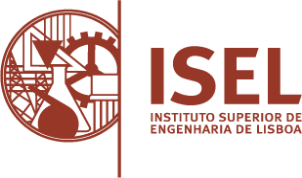Intended learning outcomes
Students should:
- identify and describe mathematically the mass transfer mechanisms;
- quantify the total resistance in the transport of a component between fluid phases;
- establish steady-state mass balances for various geometries;
- understand the calculation methodology of mass transfer coefficients;
- identify situations of simultaneous of heat and mass transfer, establishing their respective material and energy balances;
- dimensioning water cooling towers, evaporators and gas absorption / desorption columns.
In this context, the student should develop the ability to analyze the content taught and relate this knowledge to formulate and solve problems. It should also demonstrate structured and integrated reasoning skills by applying their knowledge in a rigorous way that indicates a professional approach to their work.
Ficha de Unidade Curricular
Document
FUC_202425_2409.pdf
(63.71 KB)

